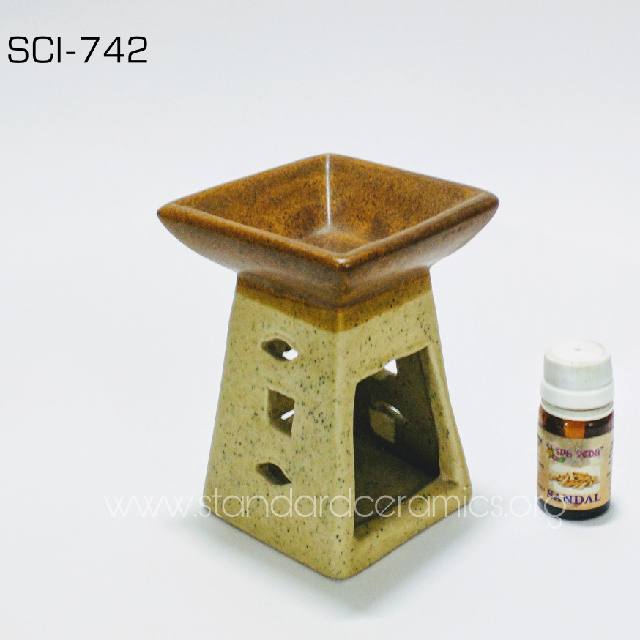
Normal0falsefalsefalseEN-USX-NONEX-NONE...
Normal0falsefalsefalseEN-USX-NONEX-NONE/* Style Definitions */table.MsoNormalTable{mso-style-name:"Table Normal";mso-tstyle-rowband-size:0;mso-tstyle-colband-size:0;mso-style-noshow:yes;mso-style-priority:99;mso-style-qformat:yes;mso-style-parent:"";mso-padding-alt:0in 5.4pt 0in 5.4pt;mso-para-margin-top:0in;mso-para-margin-right:0in;mso-para-margin-bottom:10.0pt;mso-para-margin-left:0in;line-height:115%;mso-pagination:widow-orphan;font-size:11.0pt;font-family:"Calibri","sans-serif";mso-ascii-font-family:Calibri;mso-ascii-theme-font:minor-latin;mso-hansi-font-family:Calibri;mso-hansi-theme-font:minor-latin;}Since most plant materialfor bonsai trees have long roots that will not fit into a bonsai pot, atraining pot is used.� Make sure trainingpots have at least a � inch diameter drain hole. Usually the bonsai tree istransplanted from the training pot after the end of the first year.�
Choose a bonsai pot when yourbonsai tree is sufficiently advanced.�The size and shape of this pot will depend on the size and shape of thebonsai tree.� Retain some of the originalsoil and trim the roots, if necessary. Wiring the plant will anchor it to itscontainer until the roots take hold.�
Repotting of bonsai plants is usuallyneeded when insects damage the tree or when the soil is in poor condition.� Repot your plants in the early spring whenthe first new buds appear.� It isdangerous to repot in late spring and early summer because the leaves are justopen and still tender.�
Bonsai soil mixtures vary agreat deal depending on personal preferences and the local area.� Bonsai soil should have rapid drainage.� If you can, avoid high levels of dryfertilizers in the soil mix.�
The color of the bonsai potshould contrast with the bonsai tree�s foliage.�White, tan or green pots are good for brightly colored flowers orfruits.� Unglazed pots are used withpines and deciduous trees.�
�
